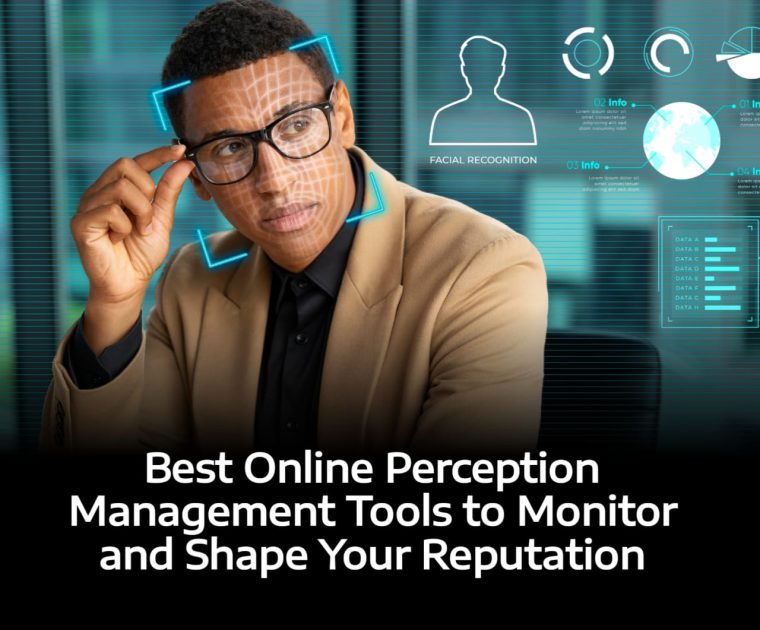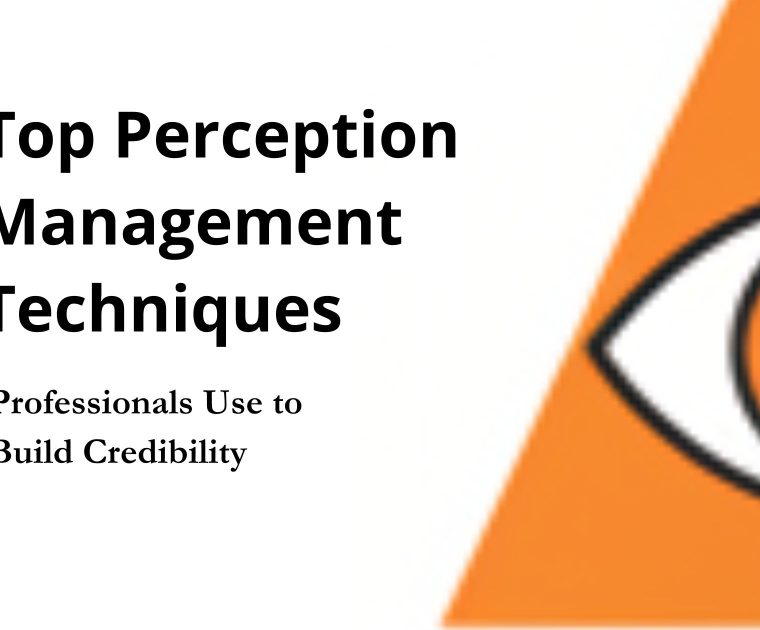Companies don’t leave their reputation to chance. They design it. They measure it. They protect it. That discipline is what separates brands that attract trust from those that struggle to be understood. And increasingly, professionals are discovering that the same principles that shape brand perception can be applied to personal growth not to mimic corporate branding, but to bring structure and clarity to how they are perceived.
Brand perception management offers a powerful framework for individuals who want to ensure that their actions, communication, and presence reflect their real value. When translated into personal growth, these strategies help you move from passive visibility to intentional influence.
Why Individuals Should Think Like Brands
Strong brands succeed because they are strategic about how people interpret them. They define their message. They choose their signals. They manage their reputation with long-term intention.
Individuals, on the other hand, often rely on hopes and assumptions assuming colleagues “should know” what they bring to the table, or believing their work will speak for itself. In reality, work rarely speaks loudly enough unless perception supports it.
Thinking like a brand means taking responsibility for the interpretation your audience forms about you.
What Companies Understand About Perception That Individuals Often Miss
Successful brands operate with a simple understanding: people believe what they experience consistently.
They don’t wait for the market to form an opinion. They influence the opinion. Brands use messaging systems, communication guides, and audience insights to intentionally shape how they are seen. Individuals rarely adopt this level of strategic clarity, yet they operate in environments where perception determines opportunity.
Companies manage perception as an asset. Professionals can do the same by adopting the discipline behind the strategy.
Let’s take a look at each of these strategies.
How to Apply Corporate Strategies to Personal Growth
1. Define What You Stand For
Every strong brand owns a distinct idea in the customer’s mind: innovation, reliability, accessibility, authority. That clarity influences everything the brand communicates. For instance, think Apple, think innovation.
Individuals also need positioning. The question is simple:
What should people consistently associate with you?
Not a job title. Not a skill. A clear professional idea.
Examples:
- Strategic problem-solver.
- Calm decision-maker under pressure.
- Deadline-driven implementer.
Positioning gives your audience something stable to hold onto. It reduces confusion and strengthens credibility. Without positioning, professionals appear scattered or undefined even when they’re skilled.
2. Express Consistent Identity
Brands build perception through repeated cues: tone, behavior, visual identity, and communication cadence. Consistency is what makes a brand dependable.
For individuals, identity expression includes:
- How you communicate under pressure
- The energy you bring into meetings
- The tone of your online presence
- The way you give feedback or handle conflict
These are not “branding moments” ; they are credibility cues. People judge consistency far more than perfection. A consistently calm professional becomes “reliable.” A consistently thoughtful communicator becomes “strategic.”
Your actions, not your profile, shape your perceived identity over time.
3. Think Reputation Risk Management
Brands don’t wait for a crisis to think about reputation. They prepare. They anticipate. They set principles that guide their response when something goes wrong.
Individuals can adopt this mindset by practicing reputational self-awareness, which includes:
- Knowing your emotional triggers
- Setting boundaries around what you share publicly
- Practicing responsible communication when stressed
- Reviewing behaviours that could undermine trust
The goal is not control, it’s integrity. A professional who responds with clarity and principle during a tense moment communicates maturity. That behaviour strengthens reputation more than any polished profile.
4. Stakeholder Mapping and Influence Planning
Corporations map stakeholders, customers, employees, investors, and industry partners. They tailor their messaging depending on who they’re speaking to.
In personal growth, your stakeholders include:
- Managers or supervisors
- Colleagues and collaborators
- Clients or customers
- Industry peers
- Online observers
Each audience experiences you differently. Stakeholder mapping helps you understand what each group needs to perceive in order to trust your value. This isn’t about performance, it’s about clarity and intention.
Professionals who ignore this unknowingly communicate with one tone to everyone, often weakening their influence.
5. Your Content Should be a Credibility Infrastructure
Brands use content to demonstrate authority, shape narratives, and educate their audience. Content is not marketing, it is evidence of competence.
Individuals can use content similarly by:
- Sharing insights about their industry
- Documenting progress on relevant projects
- Speaking about lessons learned
- Highlighting the thinking behind their decisions
This isn’t about being a content creator. It’s about creating small, visible proofs of credibility. When done thoughtfully, content becomes an archive of your intellectual depth and credibility infrastructure others can reference.
6. Measure and Track Perception
Brands rely on data to understand how they’re perceived. They track sentiment, visibility, and message resonance.
Individuals can do a lighter version of this by asking:
- How do people describe me professionally?
- What feedback appears repeatedly?
- Which interactions strengthen trust and which weaken it?
- What do people believe I’m good at and does it match my intention?
This creates a personal perception dashboard, a simple, recurring self-review that helps you refine your behaviour, communication, and presence. Without measurement, perception management becomes guesswork.
Key Takeaways
You don’t need to be a company to benefit from the strategies companies use to shape perception. What you need is intention.
Applying corporate perception management to personal growth helps you become clear, consistent, and credible not through performance, but through alignment. You start showing up in ways that reinforce your value rather than contradict it.
Influence grows where clarity lives.
If you want to understand exactly how your audience currently perceives you, your strengths, gaps, and credibility signals, a structured perception audit is the best place to begin.
Book a Perception Audit to design the narrative people experience when they encounter your name.






Leave a Reply